Which Worlds Will Survive When The Sun Dies?
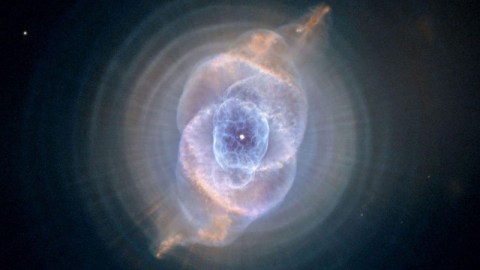
For the Pluto fans, another sad state of affairs: your favorite world won’t make it.
Nothing on Earth lasts forever, and that’s a truth that even extends to all the objects we can see in our sky. The Sun, giver of light and heat to every world in our Solar System, shines on borrowed time. Currently fusing hydrogen into helium in its core, the Sun gets its energy by converting small amounts of mass into pure energy — via Einstein’s E = mc² — with every nuclear reaction that takes place.
This cannot last forever, as the core’s fuel is finite. The Sun has already lost the equivalent of the mass of Saturn through this process, and in 5-to-7 billion years, will run out of its core fuel entirely. After swelling into a red giant, it will eventually blow off its outer layers, creating a planetary nebula, with its core contracting down to a white dwarf. It will be a beautiful, spectacular sight to an outsider. But inside our Solar System, it will lead to catastrophe everywhere.
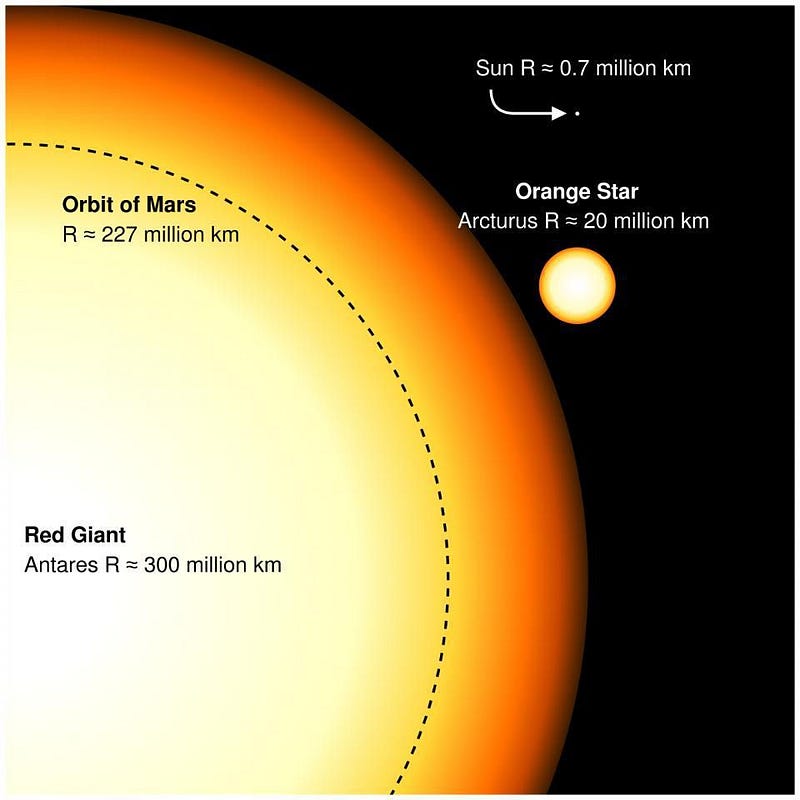
The first thing to know about a red giant is that it’s huge. We think of our Sun as large: some 1.4 million kilometers across and weighing in at 300,000 times the mass of our Earth, but that size is nothing compared to a red giant. With the same mass, our Sun will grow to over 100 times its present size, engulfing both Mercury and Venus. Earth will likely be pushed out as the Sun expands and loses mass, and although it may be engulfed, scientists are split about the possibility of whether it will survive or not.
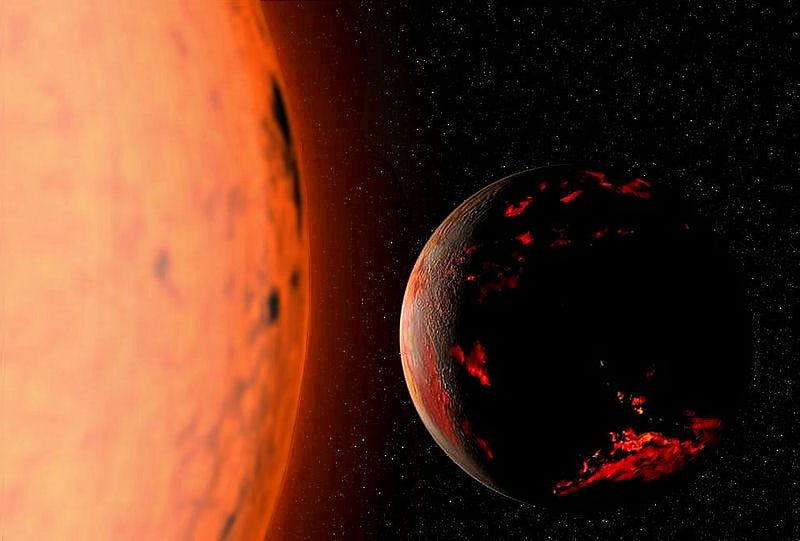
If it does, though, both Earth and Mars will become charred, barren worlds. The oceans and atmospheres of these planets will boil and be stripped away, and we will become airless, roasting worlds just like Mercury is today. These effects will extend far beyond the inner, rocky worlds of the Solar System.
You see, red giants aren’t just large, they’re still many thousands of degrees, while shining thousands of times as luminous as our Sun does today. Much of the ejected material — between a third and half the mass of the Sun — will make its way at extreme temperatures into the outer portions of our Solar System. The asteroids will melt, losing all of their volatile components, leaving only their rocky nuclei behind.
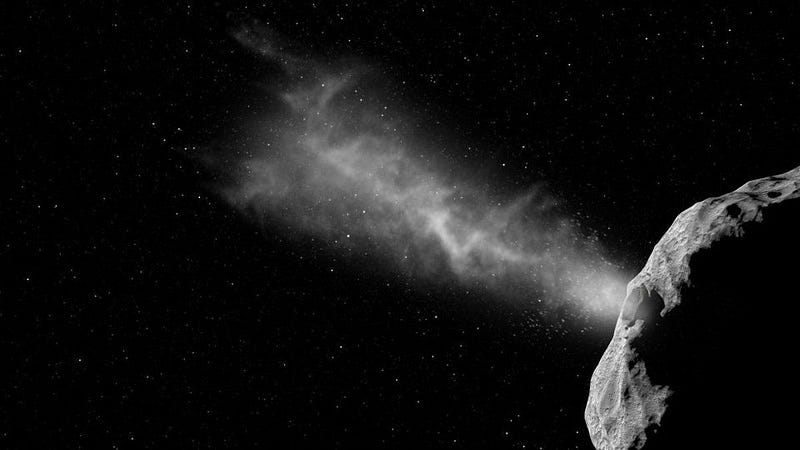
But the gas giant worlds are massive enough to continue to hold onto their gas envelopes, perhaps destined to even grow as the Sun enters this phase. The planets we find around red giant stars today, for example, are all gas giants and are much larger than even Jupiter is. This may be a selection effect — meaning that we see these worlds because they’re the easiest type to see — but it may also be something that will inevitably occur.
As huge amounts of mass leave the Sun, they will encounter these giant worlds, all of which have large gravitational fields. Much of the matter that encounters these atmospheres will make a cosmic “splat,” causing the size and masses of these worlds to increase. When all is said and done, Jupiter, Saturn, Uranus and Neptune may all be larger and more massive than they are today.

But the Sun will be so hot and so bright that much of the outer Solar System will be absolutely destroyed. Each of the gas giants has a ringed system; although Saturn’s is the most famous, all four of them have rings. These rings are mostly made of various ices, such as water ice, methane ice, and carbon dioxide. With the extreme energies given off by the Sun, not only will these ices melt/boil away, but the individual molecules will be so energetic that they will be ejected from the Solar System.
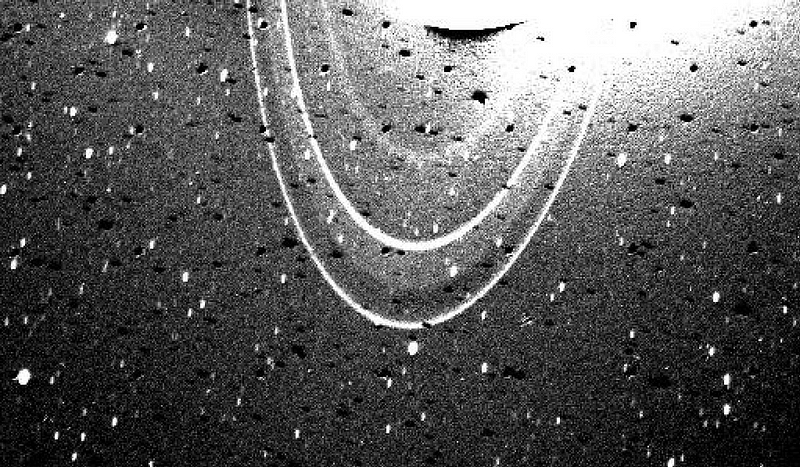
Ditto for water-rich moons around these worlds. Europa’s frozen surface with water-ice beneath it will boil away completely. Same deal for Enceladus, which should see the entire world except for the rock-and-metal core evaporate. Practically all of the moons around Jupiter, Saturn, Uranus and Neptune will see a significant reduction in size, as their atmospheres boil away, their outer layers melt and disappear, and only the rock-and-metal cores of these satellite worlds remain. Some moons, if made completely of volatiles, may wind up extinguished entirely.
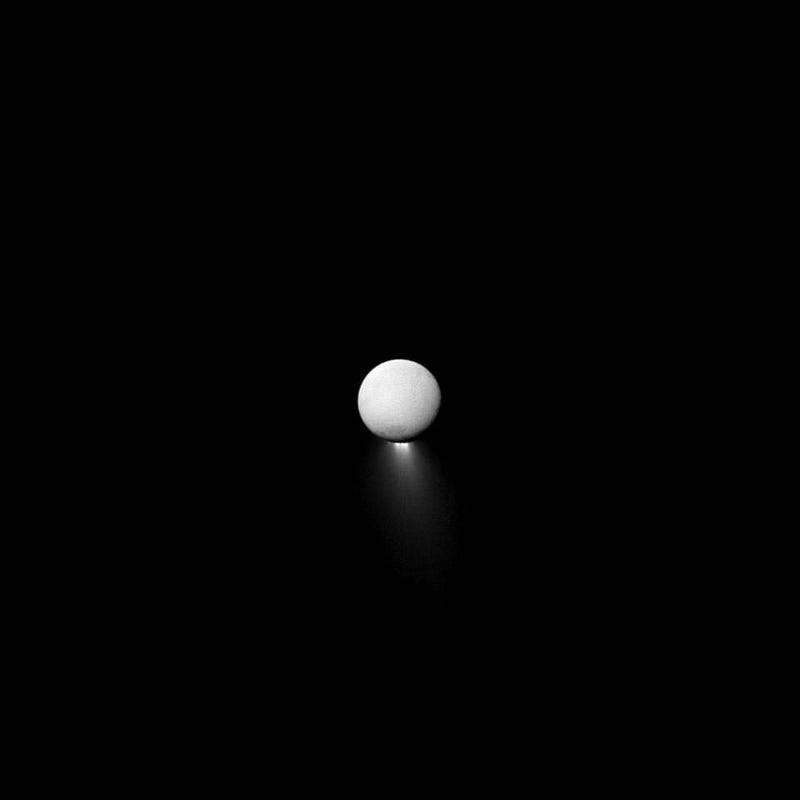
Even the largest, best-known objects from the Kuiper belt aren’t immune to this trouble. Even at their tremendous distances, worlds like Triton, Eris, and Pluto will receive more than four times the energy at their surface that Earth receives today. Their atmospheres and surfaces, currently laden with various types of ices and likely subsurface oceans, will also boil away entirely. When the Sun becomes a red giant and the inner worlds become charred and/or engulfed by the Sun, worlds like Pluto won’t become planets or potentially habitable; they’ll fry. They’ll become a barren core of rock-and-metal, like miniature versions of how Mercury is today.
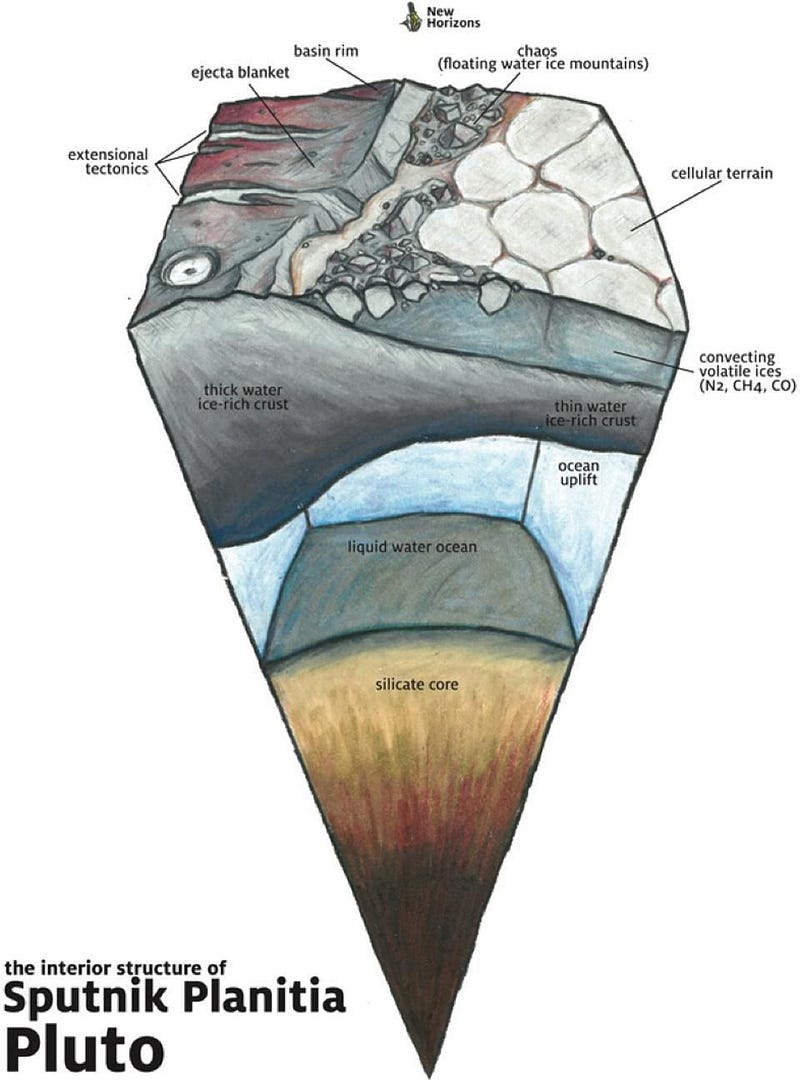
For a few tens or hundreds of millions of years, there may be hope for more temperature conditions out in the outer Kuiper belt: about 80-to-100 Earth-Sun distances away. For this brief amount of cosmic time, objects at that distance will receive roughly the same amount of sunlight that Earth does at its surface. It takes a lot more than sunlight to make a habitable world, though; you need enough mass, the right size, and the right ingredients. The Moon and Earth fare very differently for habitability despite receiving practically identical amounts of energy-per-square-meter.
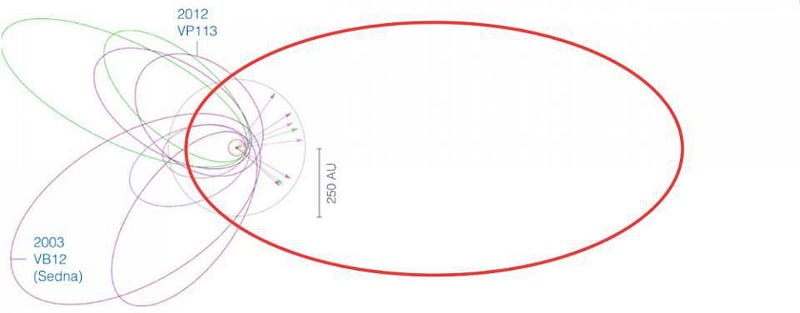
However, even a hypothetical Planet Nine would be too far away to become habitable, while everything at the right distance is far too small to possibly house life. The Solar System will become a melted catastrophe, with only the stripped cores of planets, moons, and other objects remaining. The gas giants may swell and grow, losing their rings and many of their satellites, but everything else will literally be nothing more than a metal-rich hunk of junk. If you were hoping that these frozen, outer worlds in our Solar System would finally get their chance to shine, you’re in for a big disappointment. When the Sun reaches the end of its life, those worlds, like our hopes for survival, will see everything meaningful about them melt away.
Ethan Siegel is the author of Beyond the Galaxy and Treknology. You can pre-order his third book, currently in development: the Encyclopaedia Cosmologica.





